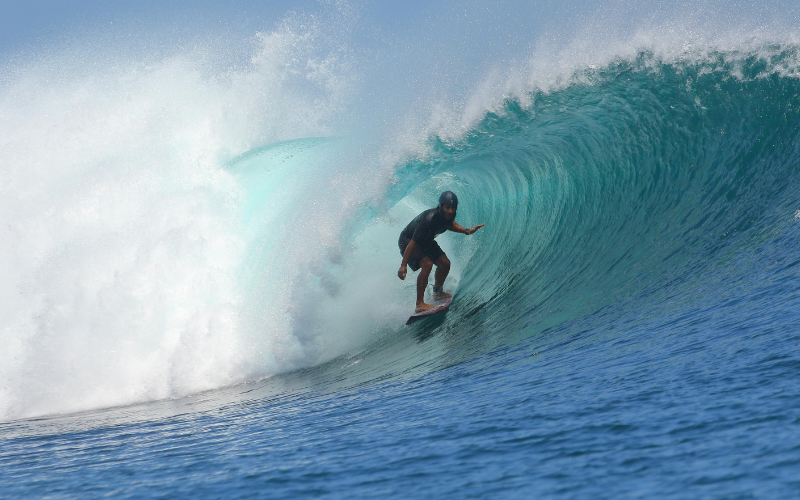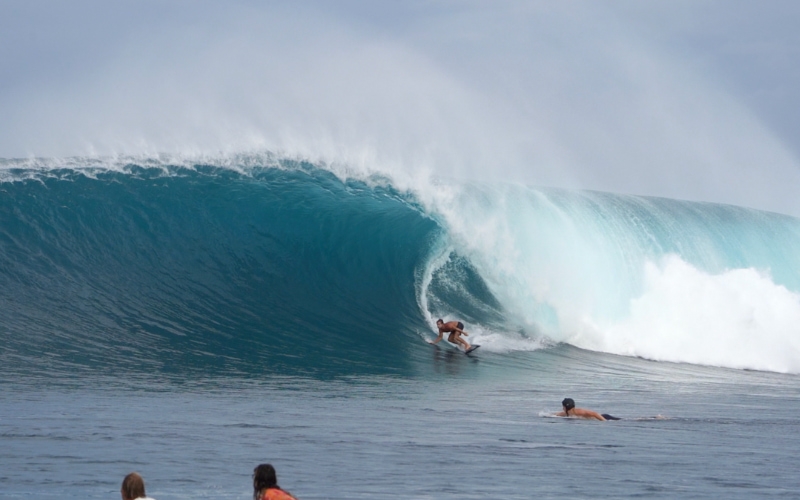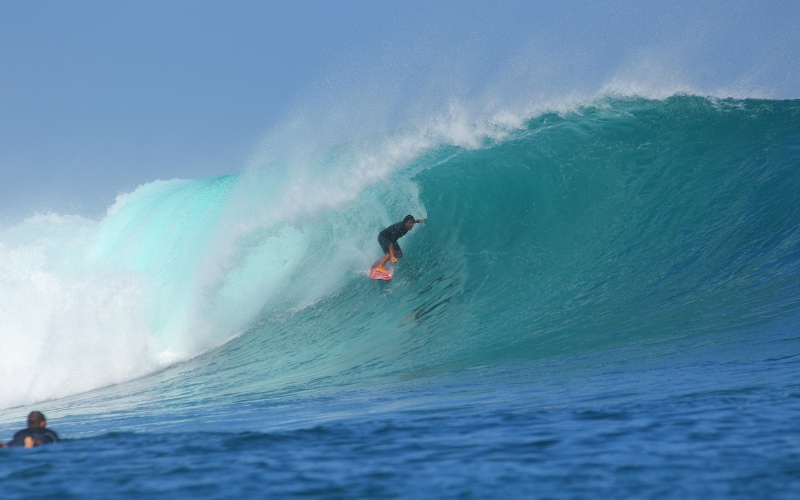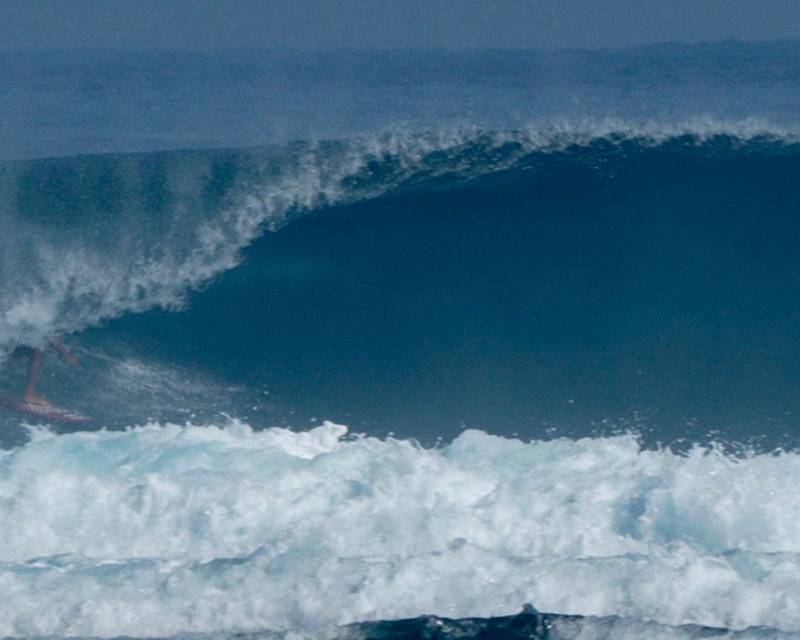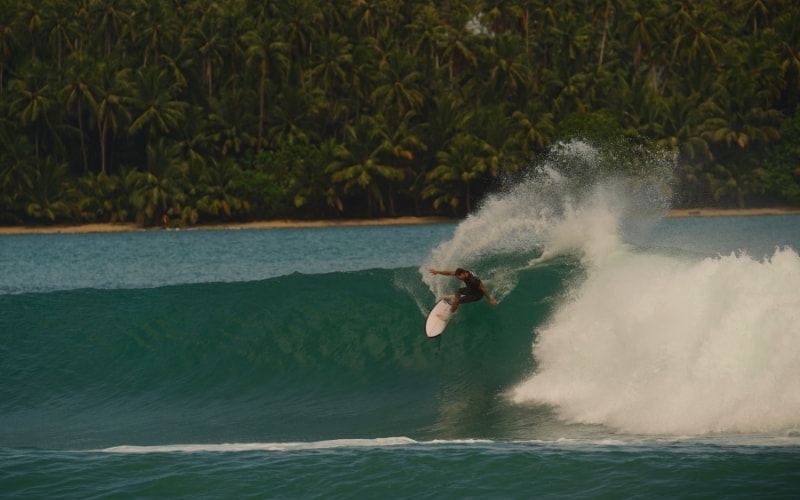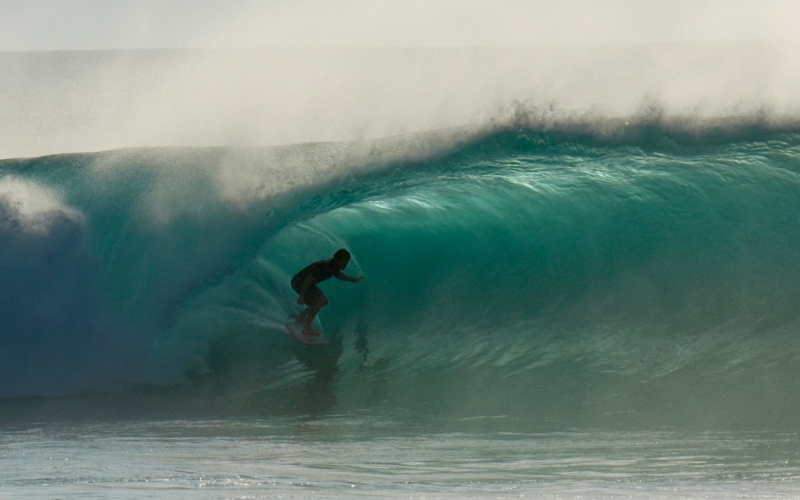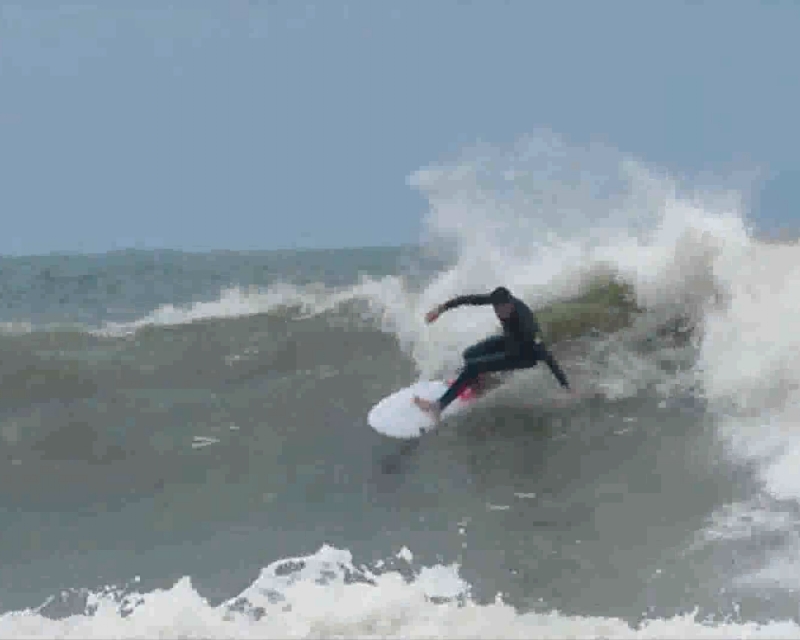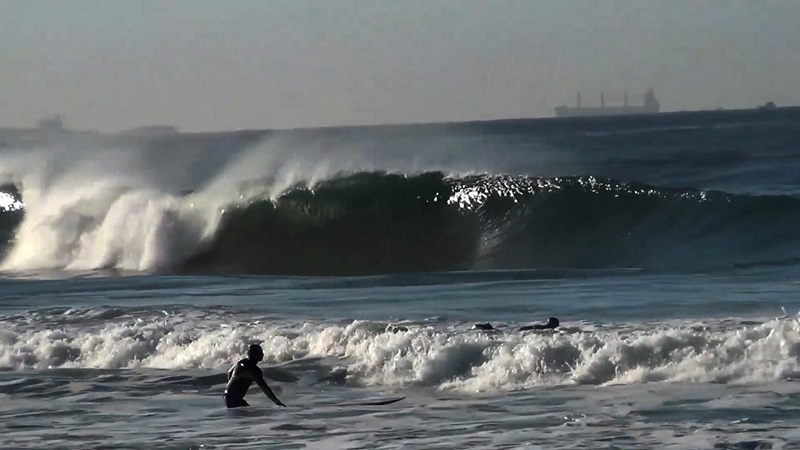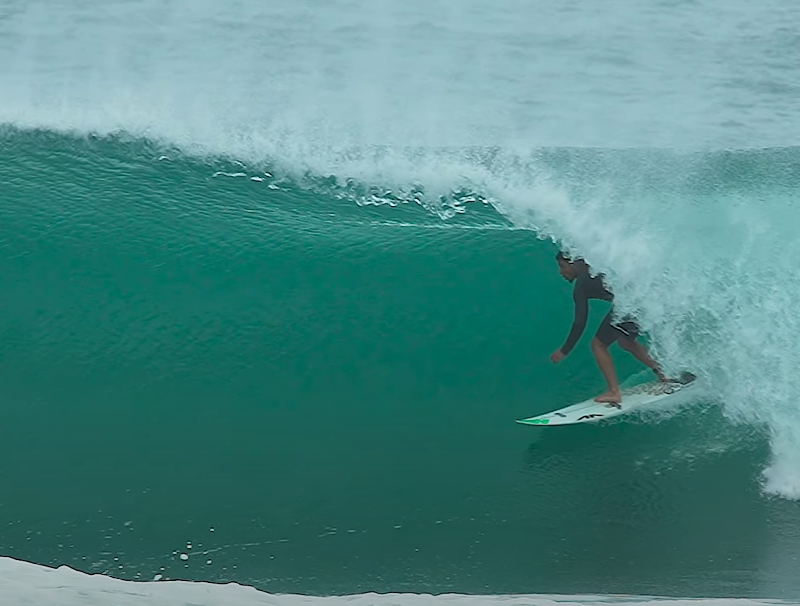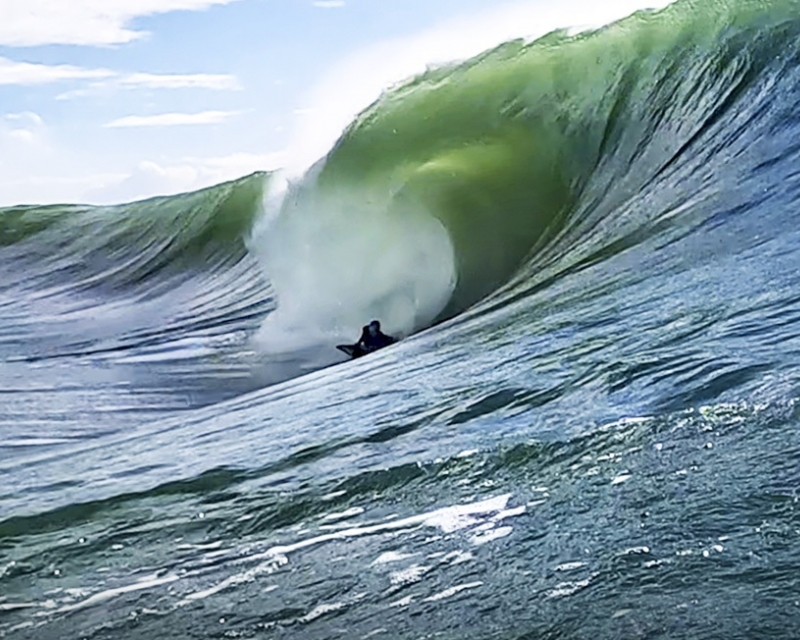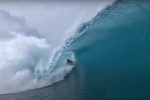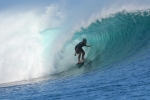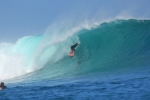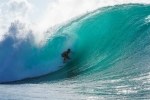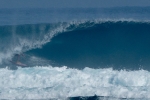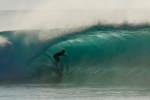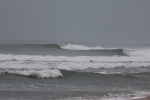Chile: Largest Marine Reserve in the Americas
The Chilean government just announced that it has created the largest marine reserve in the Americas by protecting an area hundreds of miles off its coast roughly the size of Italy.
06/Out/2015 - Via Jane J. Lee, National Geographic - ChileThe newly protected waters around the Desventuradas Islands contain many marine species found nowhere else on Earth.
The new area, called the Nazca-Desventuradas Marine Park, constitutes about eight percent of the ocean areas worldwide that have been declared off-limits to fishing and governed by no-take protections.
- Russell Moffitt, a conservation analyst with the Marine Conservation Institute in Seattle, Washington.
The Pac-Man-shaped marine protected area (MPA) encompasses roughly 115,000 square miles of ocean around San Ambrosio and San Felix islands. Together, they’re known as the Desventuradas (or Unfortunate in Spanish) Islands, which are part of the underwater Nazca Ridge, which runs southwest from Peru to Easter Island.
These islands had been subject to a modest amount of fishing, mainly for swordfish, before the creation of the new park. Fishing will be allowed to continue in an unprotected wedge-shaped area that gives the new MPA its distinctive shape. In addition, a small lobster fishery, which has been certified as sustainable by the Marine Stewardship Council, an international organization, will continue in a small area outside of the reserve.
Protecting a Wealth of Life
Desventuradas sits in a unique oceanic environment, harboring a mix of tropical and temperate species.
Due to its isolation from the mainland—it takes a two-day boat ride from Chile’s coast to get there—much of Desventuradas’ marine life is endemic, or found nowhere else in the world, says marine ecologist Enric Sala. Endemic species include Juan Fernández fur seals, the Chilean sandpaper fish, and Juan Fernández trevally.
About 72 percent of the species found around Desventuradas and an island chain known as the Juan Fernández archipelago—about 466 miles to the south—is endemic, says Sala, an Explorer-in-Residence with National Geographic who heads the Pristine Seas project, which aims to protect the last wild places in the oceans.
For many years, Chile has been one of the most important fishing countries in the world. Unfortunately, that led to depletion of our marine resources. With the creation of this marine park around Desventuradas, we’re also becoming a leader in marine conservation.
- Alex Muñoz
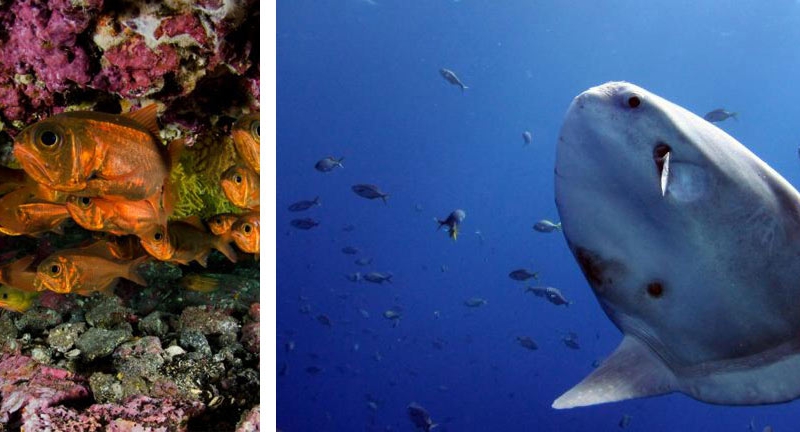
Chilean Sandpaper fish and Sunfish.
One Step at a Time
It may be more urgent to protect near-shore waters that are heavily impacted by fishing or pollution than to close off these waters so far offshore. Countries around the world still have a long way to go to meet the United Nations’ goal of protecting 10 percent of the world’s oceans by 2020. But the Desventuradas park is a step in the right direction.
In addition to Desventuradas, the Chilean government and the Rapa Nui community committed to begin negotiations to create a marine protected area around Easter Island of roughly 278,000 square miles.
The United States also just announced two new marine sanctuaries. One is 875 square miles on the western side of Lake Michigan off Wisconsin, stretching from Port Washington to Two Rivers. It contains 39 shipwrecks, 15 of which are listed on the National Register of Historic Places. The second sanctuary is a 14-square-mile patch of the Mallows Bay-Potomac River in Maryland. It is largely undeveloped and contains almost 200 shipwrecks, including a fleet of World War I wooden steamships.
Cuba also announced negotiations between its government and the U.S. to establish sister marine protected areas. The U.S. side would include the Florida Keys National Marine Sanctuary, the Flower Garden Banks in the Gulf of Mexico, and the Dry Tortugas and Biscayne National Parks. The Cuban side includes the Guanahacabibes National Park on the western tip of the country. The agreement would help coordinate management, research, and education efforts between the two areas.
And last week, New Zealand announced formation of a 239,000 square mile reserve in the Kermadec region. It includes a chain of islands and underwater volcanoes 620 miles northeast of New Zealand’s North Island.
